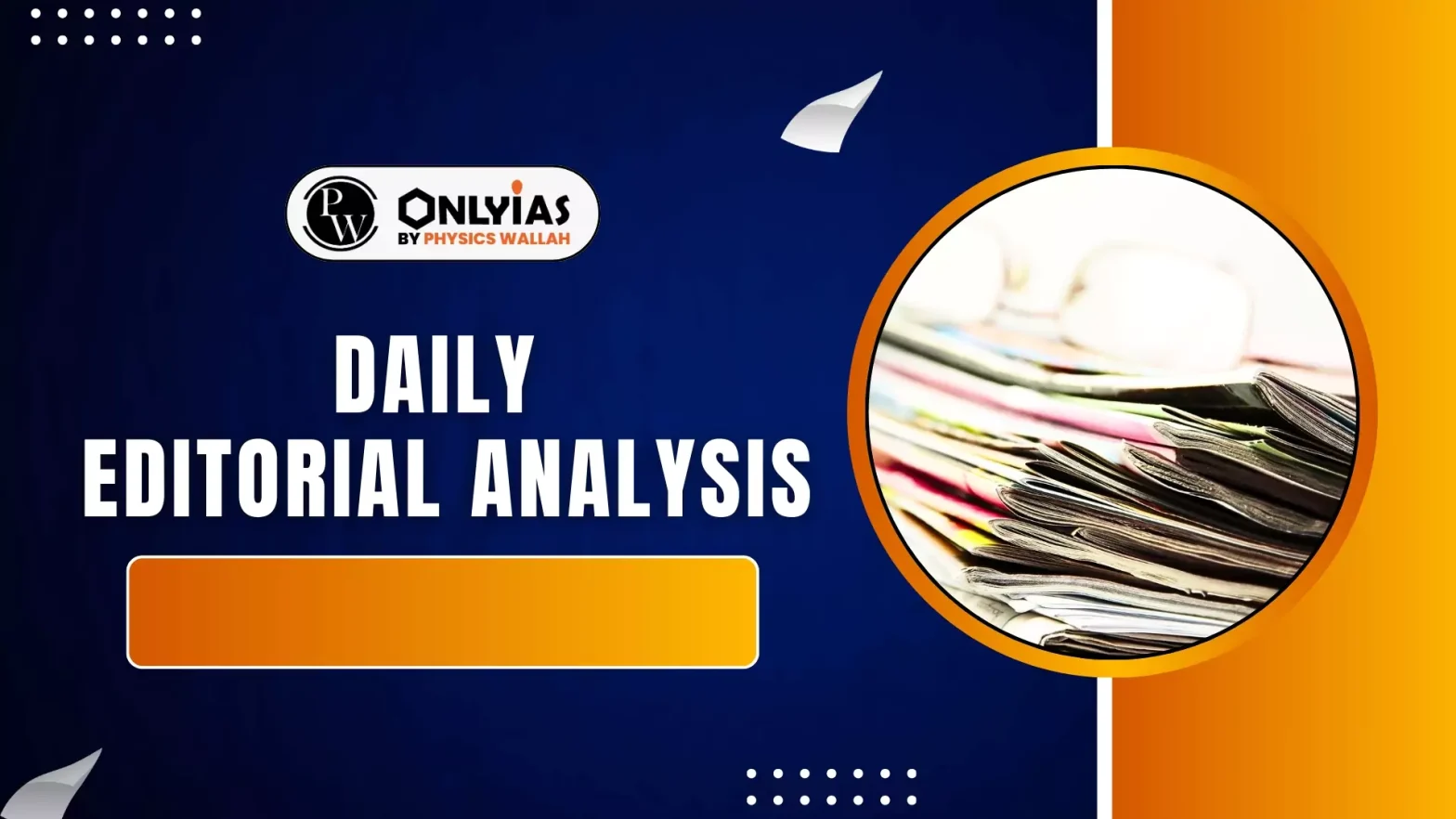The India–Middle East–Europe Economic Corridor envisions maritime and high-speed rail links from India to Haifa via the UAE, Saudi Arabia, and Jordan, but West Asian political dynamics require flexible routing.
India–Middle East–Europe Economic Corridor (IMEC)
- The IMEC is a proposed multi-modal trade and transport network connecting India with the Middle East and Europe.
- Aim: To combine maritime routes and high-speed rail links to enhance connectivity, reduce transit times, and boost economic integration.
Corridor Structure
- Eastern Corridor (Maritime): connecting India to the Gulf.
- Northern Corridor (Rail/Maritime): connecting the Gulf to Europe.
- Integrated Infrastructure: Includes electricity cables, a clean hydrogen pipeline, and high-speed data connectivity to enhance digital and energy links.
Relevance of IMEC
- Strategic Importance: IMEC provides a faster and safer trade route between India, the Middle East, and Europe, particularly benefiting Mediterranean countries, as an alternative to the traditional Suez Canal or Africa-bound shipping routes.
- Economic Benefits: Enhances India-Europe trade and supports existing and upcoming Free Trade Agreements with the EU and the UK.
- Geopolitical Leverage: Strengthens India’s role as a key economic partner in the Middle East, potentially reducing Pakistan’s influence in the region.
IMEC- Strategic and Geopolitical Challenges
- Geopolitical Risks: Initial optimism from Israel-Arab normalization under the Abraham Accords was disrupted by conflicts such as Hamas-Israel tensions.
- Global Alternatives: The Northern Sea Route (Arctic) provides an alternative shipping pathway, while US policy shifts add further uncertainty.
- Security Concerns: Houthi rebel attacks in the Red Sea force shipping companies to divert routes, affecting the reliability of traditional pathways.
Conclusion
The IMEC promises faster trade, strategic leverage, and economic integration, but political volatility and security risks in West Asia require flexible routes and alternative ports to ensure the corridor’s resilience and continuity.
![]() 17 Oct 2025
17 Oct 2025

